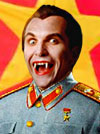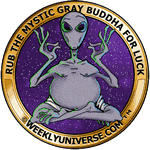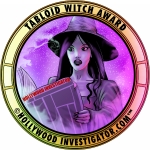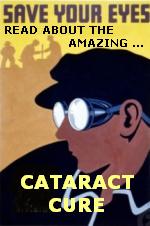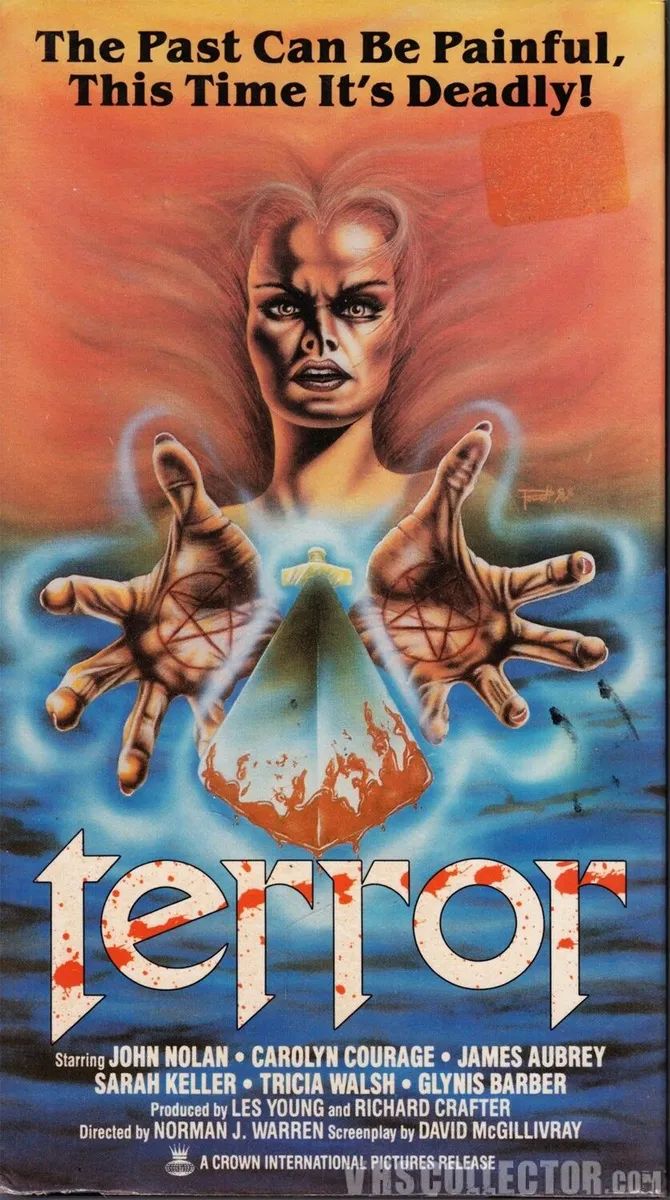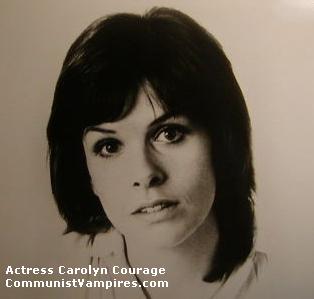|
Terror Film review by Thomas M. Sipos |
|
MENU Books Horror Film Festivals and Awards
Pursuits
Blogs Horror Film Festivals and Awards
Other
|
Terror (1978, dir: Norman J. Warren; scp: David McGillivray, cast: John Nolan, Carolyn Courage, James Aubrey, Sarah Keller, Milton Reid, Tricia Walsh, Glynis Barber, Patti Love, Peter Mayhew, David McGillivray, Mary Maude)
Gore, for one thing. Gore aplenty. And surprise shocks. And attractive women. And flair and style. It's all so absorbing and enjoyable, you need watch it several times before you realize that its story is incoherent. Makes no sense at all. Terror was produced at the tail end of the 1960s/70s demonic horror cycle. It opens with a seventeenth century English witch-burning (visually evocative of Hammer's supernatural period pieces), where things get off to a silly start. While setting a torch to the kindling beneath the condemned witch, a minor witch-hunter is inadvertently set aflame -- but no one pays him much heed as he burns screaming before his friends! (Nice friends, huh?) As the witch burns at the stake, she implores Satan to curse all members and descendants of the main witch-hunter's family. Resurrected within minutes, she then strangles the witch-hunter. And not in some boring fashion. Rather, her burnt arm (pointlessly) breaks through the wall behind the witch-hunter, catching him by surprise. (Seems she's been studying slasher techniques.) Then she decapitates the witch-hunter's wife (played by Mary Maude, the brown-bloused, sado-fascistic lesbian in The House That Screamed). We then discover we've been watching a "film within a film" produced by James (John Nolan) and screened at his home, Buttercup Lodge. (The Brits have a habit of naming their houses.) James informs his party guests that his film is based on fact. He is the witch-hunter's last living direct descendent, his cousin Ann (Carolyn Courage), his only living blood relative. Talk turns to the supernatural, and to parlor tricks. When one party guest, Gary, pretends to hypnotize Carole, glass shatters throughout the house; the proverbial "opening to the other side." Ann grasps Gary's arm ("She's got a grip like steel!") demanding she be hypnotized. To his own amazement, Gary succeeds, unleashing something else in the process. Entranced, Ann attacks James with the sword used in his film, the sword used by the witch three centuries earlier. Subdued and failing to kill James, Ann bolts Buttercup Lodge and runs home in a rainstorm. That night, somebody stabs Carole to death, in typical stalk & kill fashion. So it seems Terror is not a supernatural film at all, but a slasher film, perhaps inspired by the recent success of Halloween. Well, no, not really. Yes, there are several slasher killings (or piano wire, in one case), but no slasher is ever revealed.
Anyway, Ann arrives home flustered and soaked, not quite remembering what happened that night. Which is problematic, because her roommate (Susie) sees blood on Ann's hands. Soon, other people in Ann's life die violently. Mysteriously. Gorily. But also, stylishly! James frets that he knows little about Ann, having only met her last week. However, he has no business pinning the blame on Ann, because folks are dying violently around James, too! In fact, people die violently and stylishly even when Ann or James aren't around. Some are killed by slashers, others in freak accidents, others by supernaturally animated film stock! What's going on?! As best can be determined, Gary unleashed the witch's spirit by hypnotizing Ann. Which is redundant, because Ann was already possessed, as evidenced by her supernaturally strong grip. So the witch was already here. Anyway, now that she's loose, she's continuing her curse to kill all direct descendants of the witch-hunter's family. But ... if the witch cursed direct descendants, why does she target Ann as well as James? Why kill non-family members before Ann and James? Why protect Ann by killing anyone who suspects her? Why kill a club patron who offends Ann? Why kill Carole? And what of James? James sees a klieg light about to fall from the ceiling in his film studio, its ropes loosening as he watches, yet he says nothing, allowing the light to fall on and injure a porn director he wants evicted. Why is the witch helping James manage his studio? An angry glance from either Ann or James can bring death, yet neither seems aware of their evil eye. If the witch wants to destroy Ann and James, why destroy their enemies? Why kill everyone in their vicinity? The best guess for the witch's motive is that she's evil, and dammit, that's what evil spirits do. This simplistic motivation makes her a forerunner to the subsequent decade's slashers, who kill "because he's crazy, and dammit, that's what crazy people do." Despite its gaping plot holes, Terror is stubbornly stylish, engrossing and enjoyable. Its credits open over eerie music and alternating red, sepia, and aqua-green colors that also suffuse many scenes. Often, this nondiegetic lighting makes no dramatic sense, but creates a stylish supernatural atmosphere, intimating the witch's presence. Deaths are stylish and creative. James's partner is attacked and captured in a film stock vortex that is visually evocative of the inexplicable razor wire in Suspiria, then swept through a Rube Goldberg's chain of horror culminating in his decapitation in a freak guillotine accident. Viv spots blood dripping through the ceiling, coming from the room upstairs ... Okay, pay attention, now. The blood originates from the room upstairs. So Susie goes up to investigate ... climbing TWO flights of stairs! Upstairs, Susie discovers a can of spilled red paint. This discovery is such a clever twist (immediately followed by a gory shocker), that most viewers will never contemplate that Susie climbed TWO flights to investigate the source of the blood, never even bothering to see if there was any blood originating on the interim floor (she was right -- there wasn't).
Terror's stylish gore and shocks are punctuated with much comic relief: a cute and comedic behind-the-scenes look at the making of a porn film; a Norma Desmond-type actress who shares the boarding house with Ann, Susie, and Viv. Terror is also a slice-of-life look at the "swinging London" subculture, pre-AIDS. Ann and her roommates are actresses with "day jobs" working in a topless S&M bar.
Terror is much form, little substance, but that's okay. Its director, Norman J, Warren, also shot Satan's Slave, Prey, and the gory but fun sci-fi slasher film, Horror Planet (aka Inseminoid). Carolyn Courage is memorable as Ann, an intense introverted brunette. Courage seemingly came out of nowhere to do Terror, then fell off the radar afterwards. Maybe she went on to a career in British TV? Review copyright by Thomas M. Sipos
|
"Communist Vampires" and "CommunistVampires.com" trademarks are currently unregistered, but pending registration upon need for protection against improper use. The idea of marketing these terms as a commodity is a protected idea under the Lanham Act. 15 U.S.C. s 1114(1) (1994) (defining a trademark infringement claim when the plaintiff has a registered mark); 15 U.S.C. s 1125(a) (1994) (defining an action for unfair competition in the context of trademark infringement when the plaintiff holds an unregistered mark).
